Disclosure: This article contains affiliate links. We may earn a commission from purchases at no extra cost to you, which helps our travel content.
There's something uniquely democratic about New York City's transportation system—a sprawling network where Wall Street executives and street performers alike share the same underground passages. As someone who spends my days weighing evidence and deliberating in courtrooms, I find a different kind of justice in NYC's public transit: the great equalizer that grants access to the city's magnificent tapestry regardless of one's means. During my recent fall weekend escape from Bangalore's judicial chambers, I discovered that mastering NYC's transit isn't just practical—it's the difference between experiencing the authentic heartbeat of the city and being relegated to its tourist arteries.
Decoding the Subway: Your Underground Legal Brief
The NYC subway system operates like an intricate legal code—initially intimidating but governed by comprehensible principles once you understand its framework. Unlike the orderly legal systems I navigate professionally, the subway presents a beautiful chaos that somehow functions with remarkable efficiency.
First, arm yourself with a digital guide. The NYC Subway Map app saved me countless times when signal was spotty underground. While Google Maps works well, this dedicated app functions offline and includes real-time service changes—the equivalent of last-minute amendments to legal proceedings.
Understand the fundamental distinction between local and express trains. Express trains are your summary judgment—skipping numerous stations to reach key destinations quickly. Locals make all stops, offering comprehensive coverage but requiring patience. When I needed to traverse from Lower Manhattan to the Upper West Side quickly, the express 2 or 3 trains shaved precious minutes off my journey compared to the local 1 train.
Pay attention to directionality—uptown versus downtown in Manhattan, Brooklyn-bound versus Queens-bound. Much like legal precedent, going the wrong way can set you back significantly. I once boarded an uptown train when I needed downtown, requiring a complete recalibration of my morning itinerary.
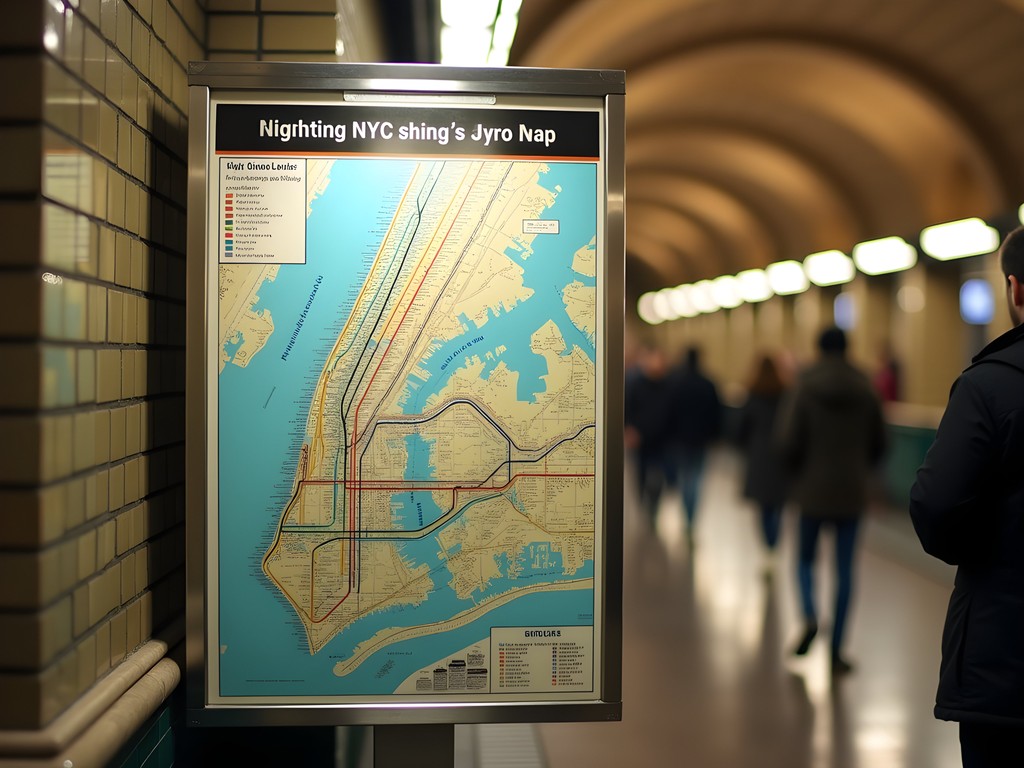
💡 Pro Tips
- Purchase a 7-day unlimited MetroCard for $33 if staying for a weekend—it pays for itself after 12 rides
- Stand clear of the closing doors and never hold them open—this isn't negotiable
- Position yourself near the subway map while riding so you can verify your route without smartphone dependency
The Bus System: NYC's Overlooked Transit Gem
While the subway commands attention like a high-profile court case, the bus system operates as the diligent public defender of NYC transit—underappreciated yet indispensable. During my fall weekend exploration, I discovered buses offer spectacular advantages the subway cannot: panoramic city views, accessibility, and routes that fill subway gaps.
The M5 bus down Fifth Avenue provided me with a mobile courtroom view of Manhattan's architectural marvels and Central Park's autumn foliage—all for the same $2.75 fare as the subway. For travelers with mobility concerns, buses eliminate the stairs and long corridors that characterize many subway stations.
To master the bus system, download the NYC bus tracker app which provides real-time arrival predictions. Unlike subway trains that arrive every few minutes, buses can be less frequent, making timing crucial. The app functions like a reliable court clerk, keeping your schedule orderly and preventing unnecessary waiting.
Buses shine particularly when traveling crosstown—the M79 SBS (Select Bus Service) whisked me across Central Park in minutes, a journey that would require multiple subway transfers. These SBS routes operate like express legal proceedings, with dedicated lanes and off-board payment systems to expedite boarding.

💡 Pro Tips
- Board through the front door and exit through the rear on regular buses
- For Select Bus Service (SBS), pay at the curbside machines before boarding to avoid fines—consider it prepaid evidence of fare payment
- Pull the cord or press the strip along windows well before your stop to signal the driver
Walking Routes: The Constitutional Right to Explore
In my legal practice, I often reflect on how physical spaces shape human behavior and rights. Similarly, New York's walkability represents a fundamental freedom—the right to discover a city at human pace. Some of my most profound NYC experiences came not from planned destinations but from the spaces between them.
The High Line exemplifies this principle perfectly. This elevated park built on former railway tracks provides a unique vantage point above Chelsea and the Meatpacking District. Walking its 1.45-mile length one crisp October morning, I witnessed the city awakening—an experience no vehicular transport could provide.
For longer walks, invest in proper footwear. My cushioned walking shoes proved invaluable for covering 8-10 miles daily without the foot fatigue that would have otherwise limited my exploration. Think of comfortable shoes as essential infrastructure for urban exploration—just as solid legal foundations support complex cases.
When planning walking routes, consider the Manhattan grid system's efficiency. Avenues run north-south while streets run east-west. Each standard block between avenues equals approximately three street blocks—a ratio I kept in mind when estimating walking times. Generally, I allowed 1-2 minutes per east-west block and 3-4 minutes per north-south block, plus additional time for stopping to observe architectural details or cultural phenomena that caught my eye.
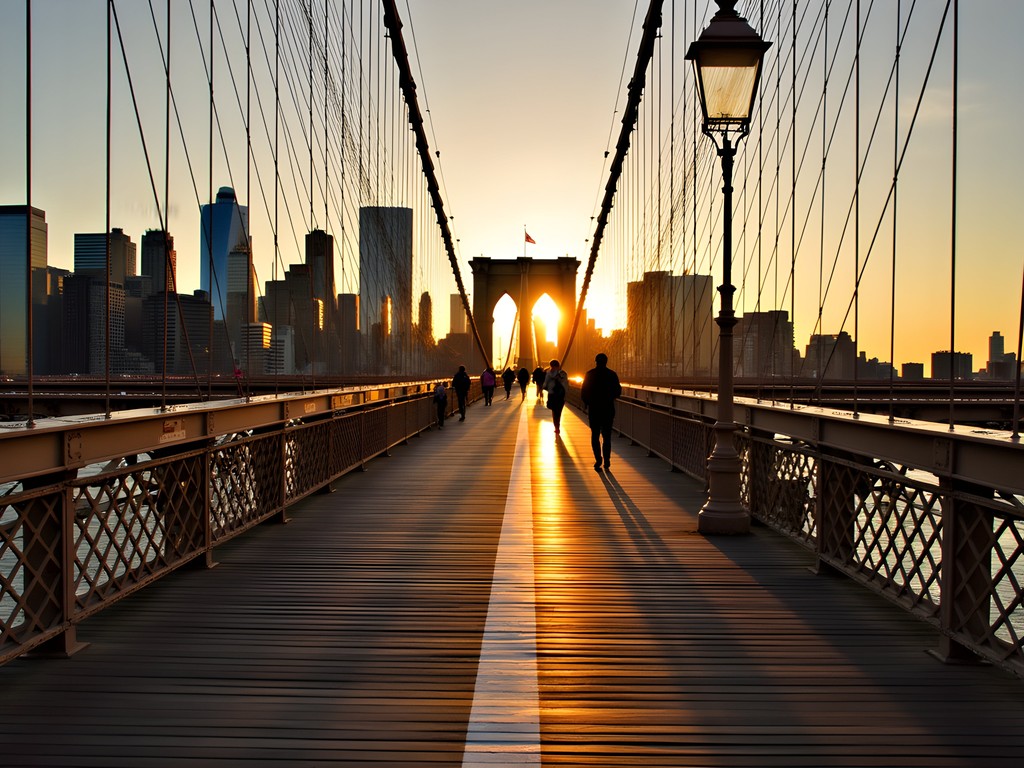
💡 Pro Tips
- Walk the Brooklyn Bridge at sunrise to avoid crowds and capture spectacular photos of the Manhattan skyline
- Use the Central Park transverse roads (65th, 79th, 85th, 97th Streets) as orientation landmarks when navigating the park
- For safety, stick to well-lit, populated streets after dark—I found the numbered grid system makes it easier to maintain orientation
Neighborhood Transit Personalities: Local Jurisdictions
Just as different courts have distinct procedural norms, each NYC neighborhood has its own transit personality. Understanding these local jurisdictions enhanced my navigation efficiency and cultural immersion.
In Midtown, the subway reigns supreme with major hubs at Times Square, Grand Central, and Herald Square offering connections to virtually everywhere. The density of yellow cabs makes hailing one straightforward, though traffic congestion often renders them less efficient than underground options.
Downtown areas like SoHo, Greenwich Village, and the Lower East Side reward walkers with architectural treasures and cultural discoveries on virtually every block. Here, I found the compact umbrella essential during a surprise autumn shower—it protected both me and my neighborhood walking map without becoming cumbersome when the sun returned.
Brooklyn's diverse neighborhoods connect to Manhattan via multiple subway lines, but internal Brooklyn travel sometimes requires bus transfers or strategic walking. The crossbody phone case proved invaluable here—allowing me to keep my phone accessible for navigation while maintaining awareness of my surroundings and freeing my hands for photography.
Queens presents greater transit challenges with fewer subway lines covering more territory, but rewards the intrepid explorer with authentic cultural experiences and superior culinary diversity. The 7 train—nicknamed the 'International Express'—served as my gateway to global cuisines in Flushing, Jackson Heights, and beyond.
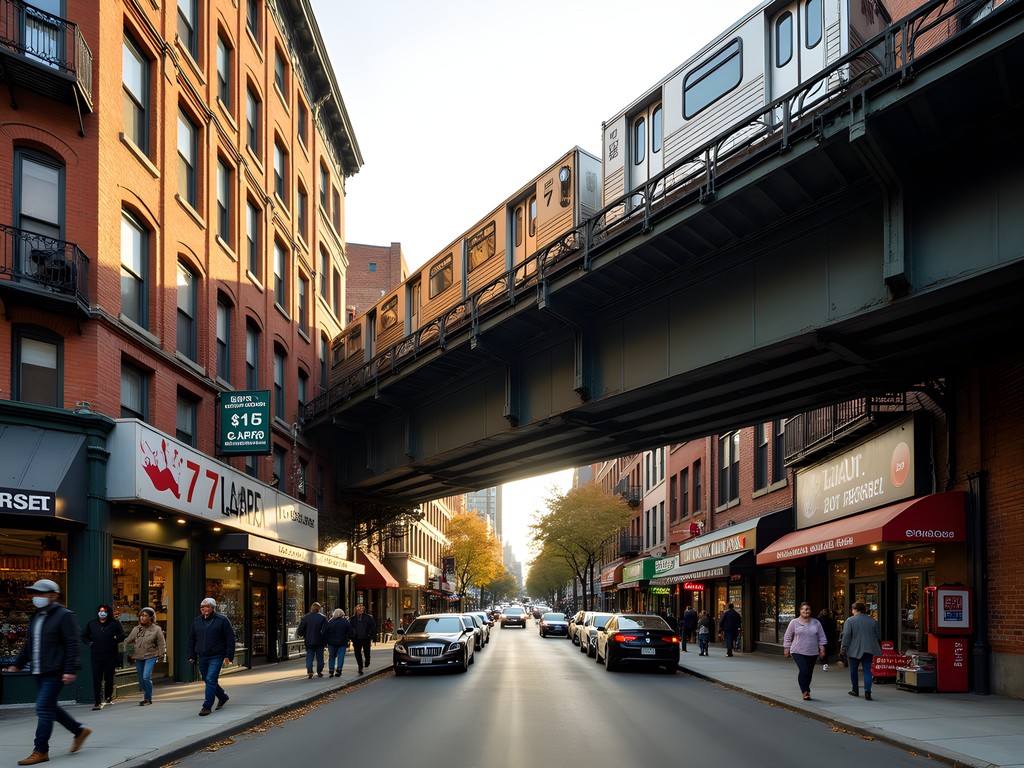
💡 Pro Tips
- Use Citibike for quick cross-neighborhood journeys when walking feels too far but subway seems inefficient
- In Brooklyn and Queens, plan extra travel time as subway service is sometimes less frequent than in Manhattan
- When exploring ethnic enclaves, learn basic greetings in the predominant language—this small gesture of respect often enhances the experience
Navigating Transit Disruptions: The Procedural Exceptions
In legal proceedings, we prepare for unexpected motions and objections. Similarly, NYC transit requires adaptability when service changes disrupt your carefully planned route. Weekend construction, special events, and occasional system failures demand alternative strategies.
The MTA's planned work schedule follows a consistent pattern: major maintenance typically occurs nights and weekends when ridership decreases. Before my weekend visit, I consulted the MTA service advisory app to identify planned disruptions affecting my routes. This preparation—like reviewing case files before court—prevented surprises and allowed me to plan alternatives.
When faced with unexpected service changes, I applied a principle from my judicial practice: seek multiple sources of information. Station announcements can be garbled, so I verified details with station agents, consulted my apps, and observed where locals were redirecting. During one significant delay, I pivoted to Citibike—the city's bike share program—which provided an invigorating alternative while offering street-level perspectives I would have missed underground.
For late-night travel, I balanced cost considerations with safety and convenience. While rideshares like Uber and Lyft offer door-to-door service, they command premium rates during peak times. For shorter distances, I found the subway generally safe even late at night, particularly at major stations and transfer points where police presence is common. However, I always prioritized stations with more activity and remained vigilant about my surroundings—the same awareness I maintain in unfamiliar legal territories.
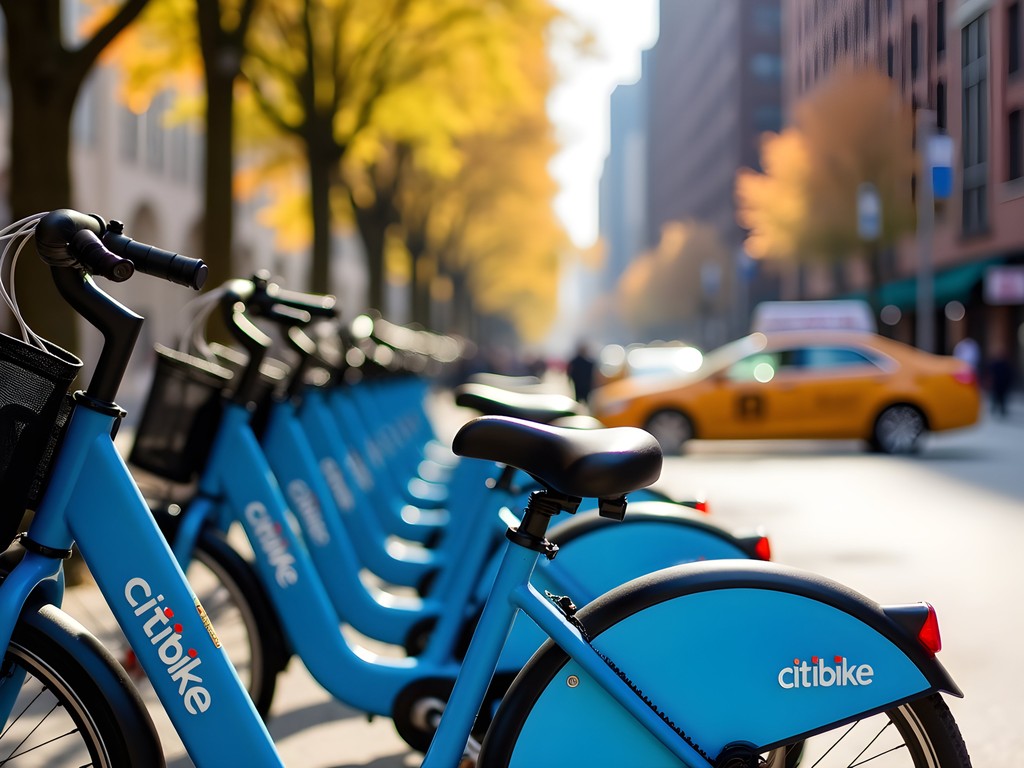
💡 Pro Tips
- Check the MTA website or app before heading out on weekends to verify your planned route isn't affected by maintenance
- Have backup routes mentally prepared for common journeys
- For late-night travel, consider the additional cost of rideshares as an investment in safety and peace of mind
Final Thoughts
Navigating New York City's transportation system mirrors the practice of law in surprising ways—both require understanding complex systems, adapting to unexpected changes, and balancing efficiency with thoroughness. As I returned to my judicial chambers in Bangalore, I carried with me not just memories of iconic skylines and vibrant neighborhoods, but a deeper appreciation for how urban mobility shapes our experience of place and community.
Whether you have a weekend or a week, approaching NYC transit with confidence transforms the experience from potentially overwhelming to genuinely empowering. The subway, buses, and your own two feet provide access to authentic New York experiences that no tour bus could ever deliver. Like the most meaningful legal victories, the most rewarding travel moments often come from navigating challenges with resourcefulness and an open mind.
The next time you find yourself in this magnificent concrete jungle, remember that the journey between destinations isn't merely transition time—it's an essential part of the New York story, where democracy plays out in shared subway cars and on crowded sidewalks. In a city defined by perpetual motion, learning to move like a local is perhaps the most valuable skill you can develop. Case closed.
✨ Key Takeaways
- The subway system is most efficient for long distances, while buses excel for crosstown travel and scenic routes
- Walking offers the richest cultural immersion, especially in Manhattan below 59th Street
- Always have a backup plan for transit disruptions, particularly on weekends
- Different neighborhoods have distinct transit patterns—adapt your strategy accordingly
- Digital tools like transit apps are essential, but also develop an analog understanding of the city's geography
📋 Practical Information
Best Time to Visit
Fall (September-November)
Budget Estimate
$100-150 for a weekend of transit (including unlimited MetroCard, occasional rideshares, and Citibike)
Recommended Duration
2-3 days minimum to get comfortable with the system
Difficulty Level
Intermediate

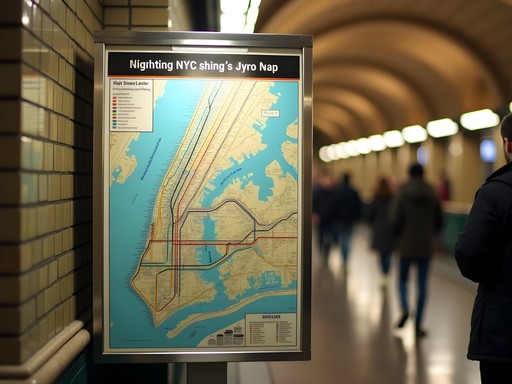
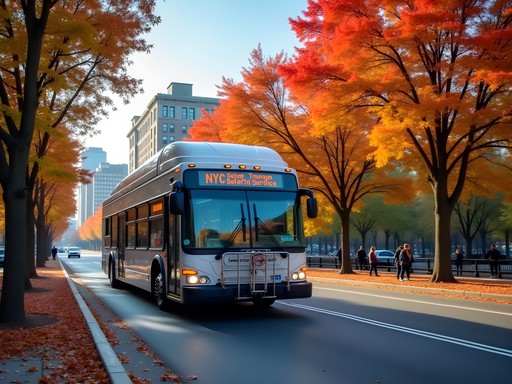
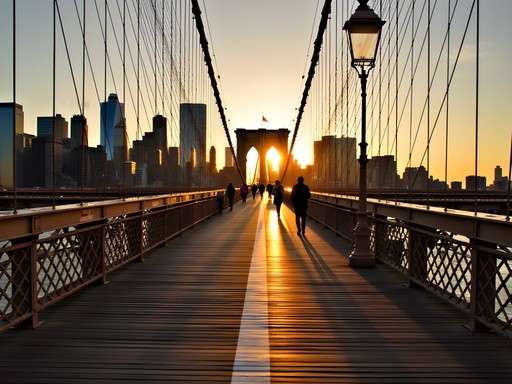
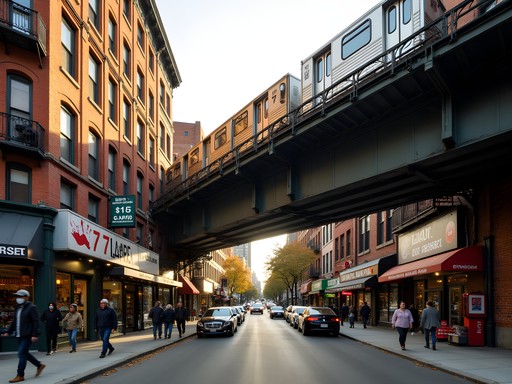
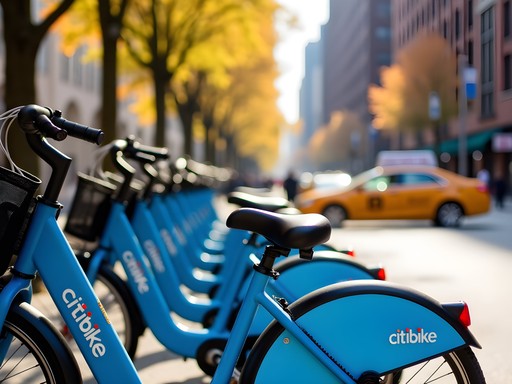


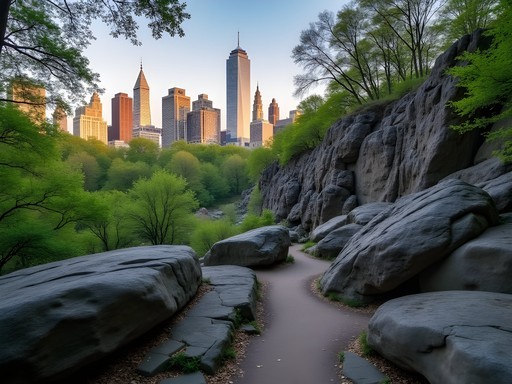
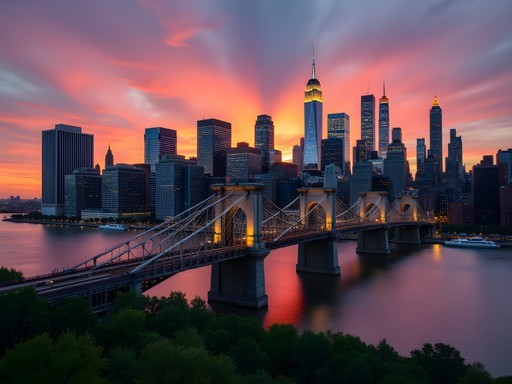

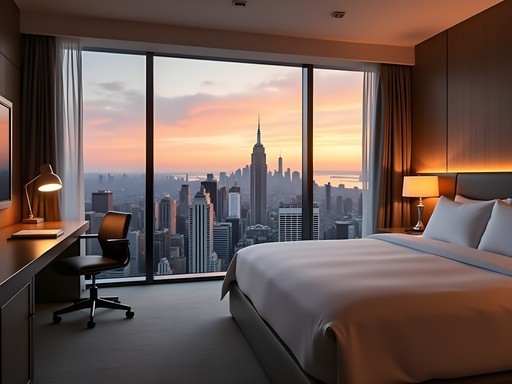


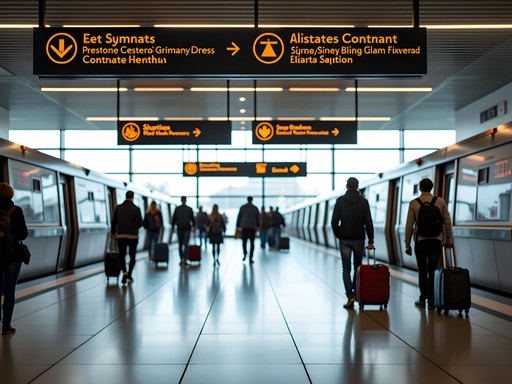
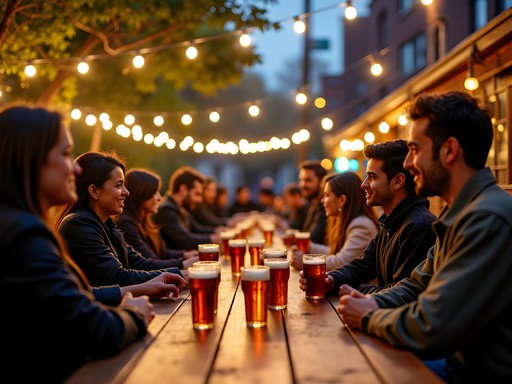
Comments
greenmaster
Just used this guide on my trip. So helpful. Thanks!
freeadventurer
The High Line walking route is AMAZING!!! Did it yesterday and got the best photos of the city. Thanks Ana!
dreamperson
Anyone know if the subway is safe late at night? Planning to see some Broadway shows that end around 11pm and wondering if I should just budget for Ubers back to my hotel in Midtown.
nomaddiver
Just got back from NYC and took the subway after shows multiple times. It was totally fine! Lots of other theater-goers doing the same thing. The stations near Times Square are busy even late.
Abigail Matthews
For Midtown to Midtown travel after shows, the subway is generally safe and efficient. I regularly take it after business dinners. If you're going farther out or to less busy areas, you might consider rideshare options. Trust your instincts and stick to busier cars with other passengers.
roamguide
The bus system section was eye-opening. Always ignored buses on previous visits. Will definitely try them next time!
freeseeker
OMG this post is AMAZING!!! First timer going to NYC in November and I was SO nervous about the subway but this makes it seem doable! Bookmarking this page RIGHT NOW!!! 🗽🚇❤️
Frank Garcia
This is such a comprehensive breakdown of NYC transit! I backpacked through New York last summer and found the subway system initially overwhelming but incredibly efficient once I got the hang of it. One thing I'd add to your excellent guide is about late-night travel - the subway schedule changes dramatically after midnight, and some lines run less frequently or on different routes. I learned this the hard way when trying to get back to my hostel in Brooklyn at 2am! I ended up using transit app which was a lifesaver for real-time updates. Your neighborhood breakdown is spot-on though - especially about the L train hipster scene in Williamsburg!
Ana Moore
That's an excellent point about late-night service, Frank! I should have emphasized that more. The weekend schedule can be particularly tricky with all the maintenance work. Thanks for sharing your experience!
redzone
Just downloaded that Citymapper app based on this recommendation - the interface looks way better than Google Maps for transit! Thanks!
Amit Sullivan
Ana's comparison of neighborhood transit personalities is brilliant! Having visited NYC annually for the past decade, I can confirm each area has its distinct transit culture. The West Village truly is a labyrinth - those diagonal streets break the grid system and confuse even seasoned visitors. My tip: sometimes walking is faster than the subway for distances under 10 blocks, especially midtown during rush hour. And the Staten Island Ferry remains one of the best free experiences in NYC - fantastic views of the Statue of Liberty without the tourist crowds.
roamguide
The Staten Island Ferry tip is gold! Doing that next month instead of the expensive tours.
Jeffrey Jones
BRILLIANT post, Ana! As an Aussie who moved to NYC last year, I can confirm these subway tips are spot on! One thing I'd add - download the NYC Subway Map app offline before you arrive. The cell service underground is spotty at best, and having the map available offline saved me countless times when I first arrived. I followed your Greenwich Village walking route last weekend and discovered this amazing little jazz bar that wasn't even in my NYC guidebook. Your neighborhood transit personalities section is hilariously accurate - especially the L train description!
freerider
Just got back from NYC last week and your walking route from the High Line to Washington Square Park was PERFECT! We discovered so many cute shops in the West Village that we wouldn't have found otherwise. The subway was way less scary than I expected too!
Ana Moore
So glad to hear that, freerider! The West Village is one of my favorite areas to explore on foot. Did you get a chance to try any of the cafes I mentioned?
freerider
Yes! We stopped at that little Italian place and it was amazing. Also used your tip about the MTA app which saved us so much time!
freepro
Great post! I'd add that Google Maps works amazingly well for NYC transit. It even tells you which subway car to board for fastest exits. And definitely bring comfortable walking shoes - I tracked over 30,000 steps daily during our trip. I used my blister prevention patches and they were lifesavers with all that walking!
Venture X
Premium card with 2X miles, $300 travel credit, Priority Pass